Wholesale Cheap Replacement Aftermarket Car Parts
car parts, car parts wholesale, aftermarket car parts, auto car parts, replacement car parts. Quick customized on aftermarket car parts,just send us original samples or drawings.
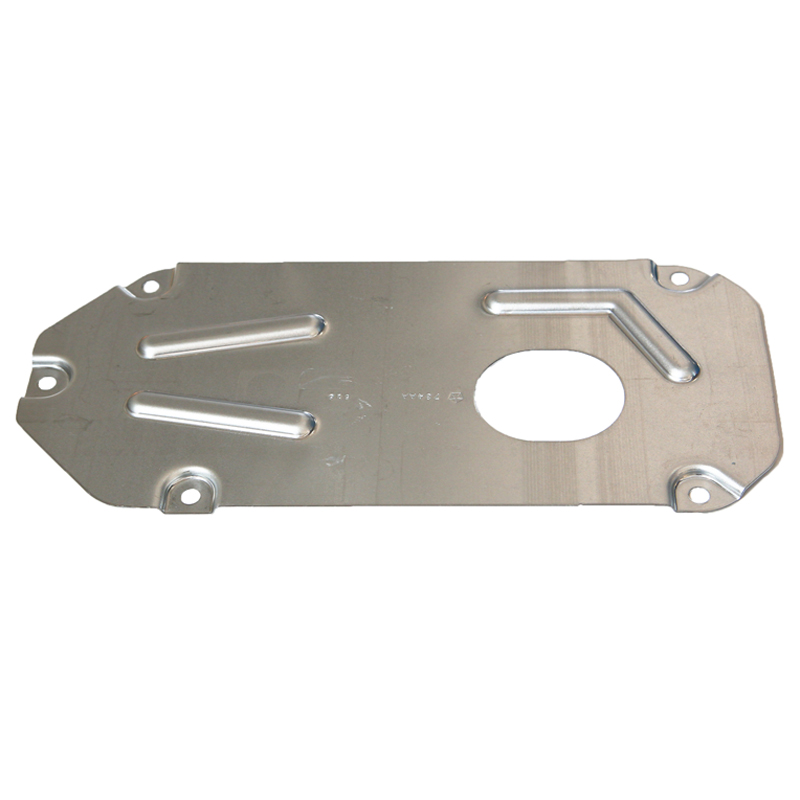
car parts, car parts wholesale, aftermarket car parts, auto car parts, replacement car parts. Quick customized on aftermarket car parts,just send us original samples or drawings.
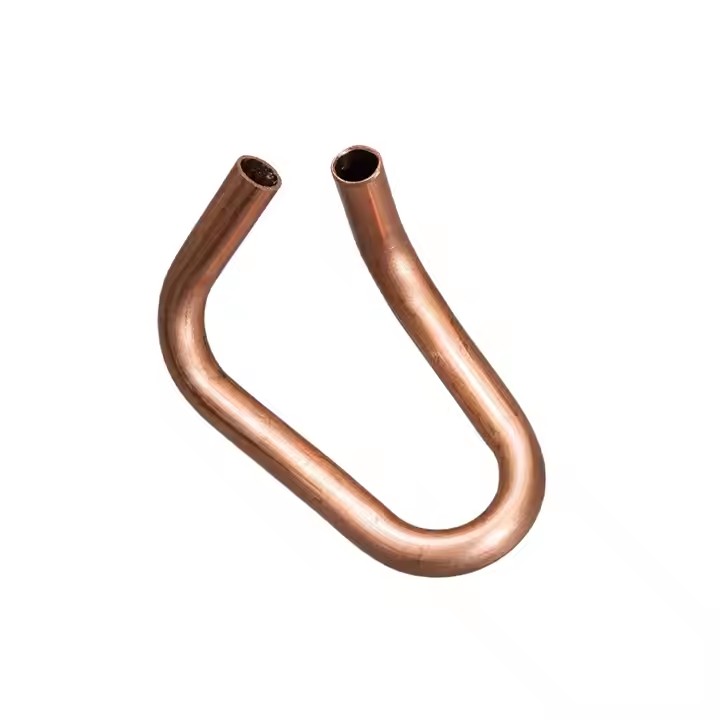
CNC bend factory provide cnc metal tube bending service CNC bending factory made in China Our factory provide cnc tube bending service CNC bending service available CNC Bend OEM Best quality cnc metal bending
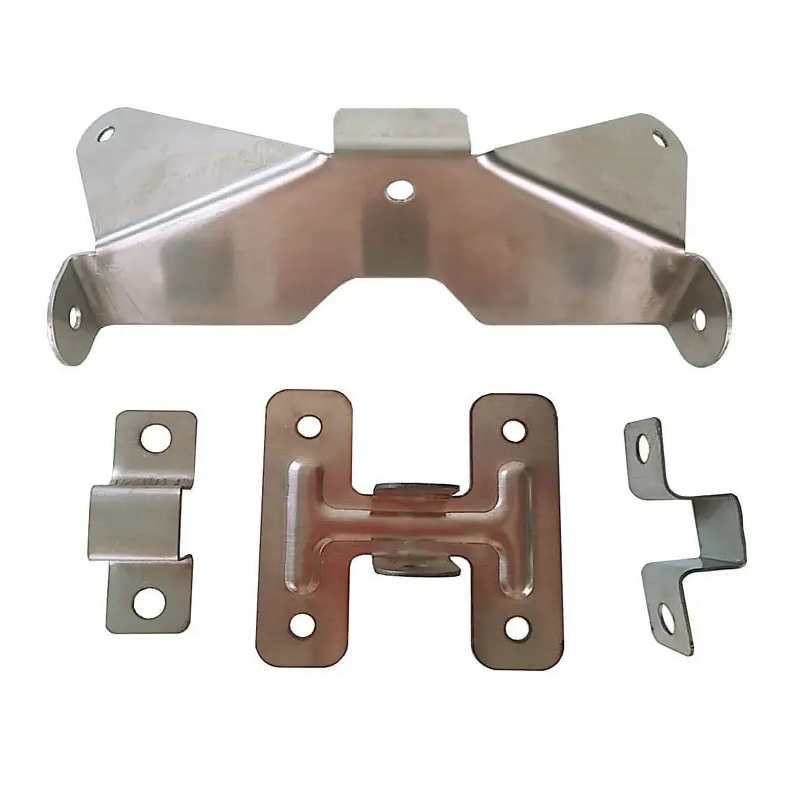
Provide OEM ODM service for metal stamping,stainless steel stamping. Our factory has over 25 years of experience in precision sheet metal stamping. High volume metal stamping with factory price. High precision metal stamping made in China.
Metal Engineering Welding Fabrication
Robot welding is a process where automated robots handle the welding tasks in manufacturing. These robots are equipped with welding equipment and programmed to perform precise welds according to predefined specifications.
Fabrication welding refers to the process of joining metal pieces together to create structures or components. It's a crucial aspect of metal fabrication where welding techniques are used to fuse metals through heat and pressure, often with the addition of a filler material to reinforce the joint.
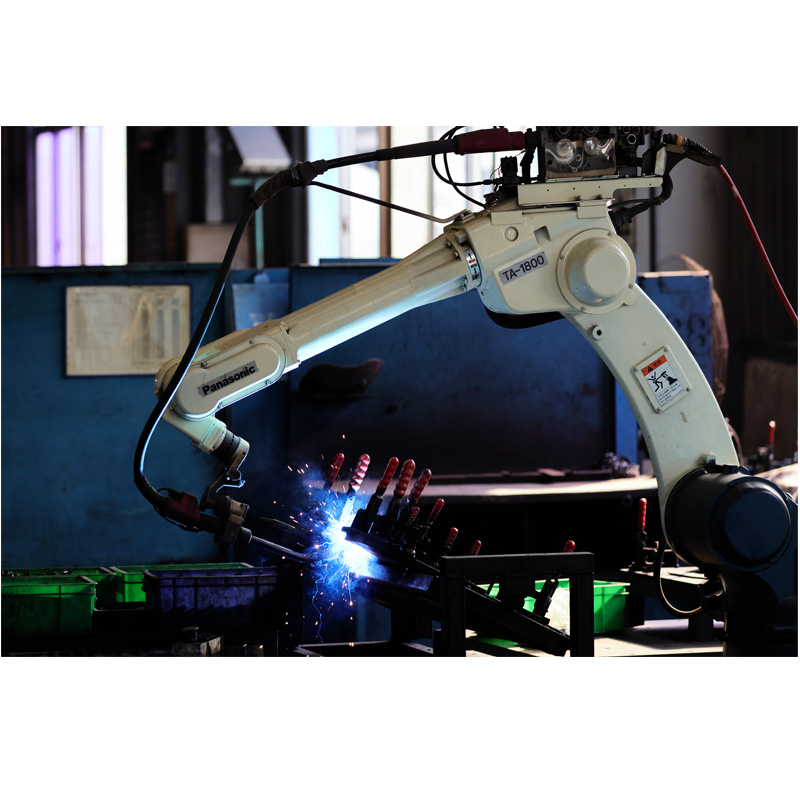
Types of Welding Processes: There are various welding techniques such as MIG (Metal Inert Gas), TIG (Tungsten Inert Gas), Stick (Shielded Metal Arc Welding), and others. Each method has its own advantages depending on the material, thickness, and application.
Materials: Welding can be performed on a variety of metals including steel, aluminum, stainless steel, and others. The choice of material impacts the welding technique and process parameters.
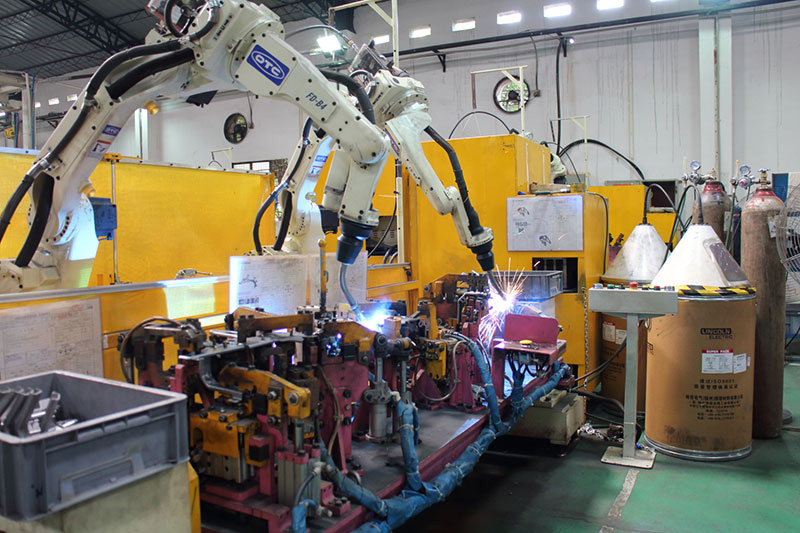
Applications: Fabrication welding is used across industries such as manufacturing, construction, automotive, aerospace, and more. It's essential in creating everything from structural components to intricate assemblies.
Quality Control: Ensuring the integrity of welds is critical to the safety and reliability of fabricated structures. Quality control involves testing welds for strength, durability, and adherence to specifications.
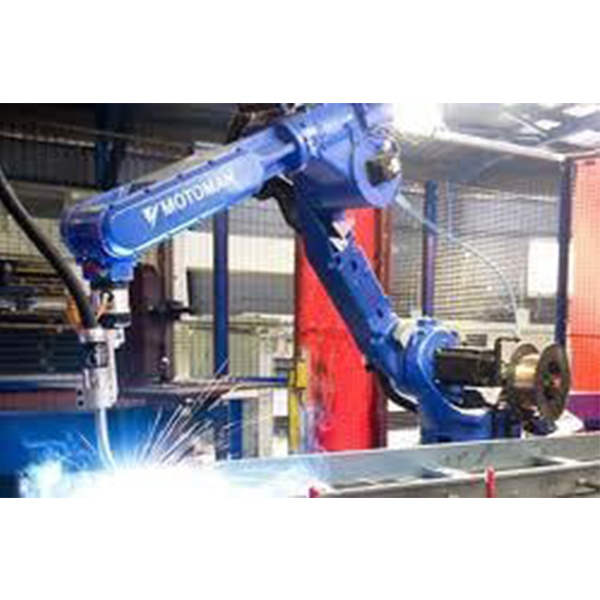
Skill and Expertise: Welding requires skilled operators who understand the properties of metals, the principles of welding techniques, and safety protocols. Proper training and experience are essential to achieve high-quality welds.
Advancements: With technological advancements, welding processes continue to evolve, introducing innovations like robotic welding for precision and consistency in large-scale fabrication.
Metal Engineering is a branch of materials science and engineering that focuses on the design, production, and performance of metallic materials. It plays a critical role in industries like aerospace, automotive, construction, energy, and manufacturing.
Key Areas of Metal Engineering:
1. Metal Processing Techniques
Casting
Forging
Rolling
Welding
Heat Treatment
Powder Metallurgy
2. Material Selection and Design
Choosing the right metal/alloy for strength, corrosion resistance, fatigue life, and cost.
3. Failure Analysis
Investigating fractures, corrosion, or fatigue failures to improve future designs.
4. Corrosion Engineering
Understanding and preventing metal degradation from environmental exposure.
5. Advanced Alloys
Development and use of high-performance alloys, like superalloys for turbines or lightweight
aluminum and titanium alloys in aerospace.
6. Surface Engineering
Techniques such as coating, plating, or anodizing to enhance performance.
Overall, fabrication welding plays a fundamental role in the manufacturing and construction sectors, contributing to the creation of durable and reliable metal structures and products.
We offer engineering fabrication, fabrication welding, metal engineering,welding metal fabrication services.